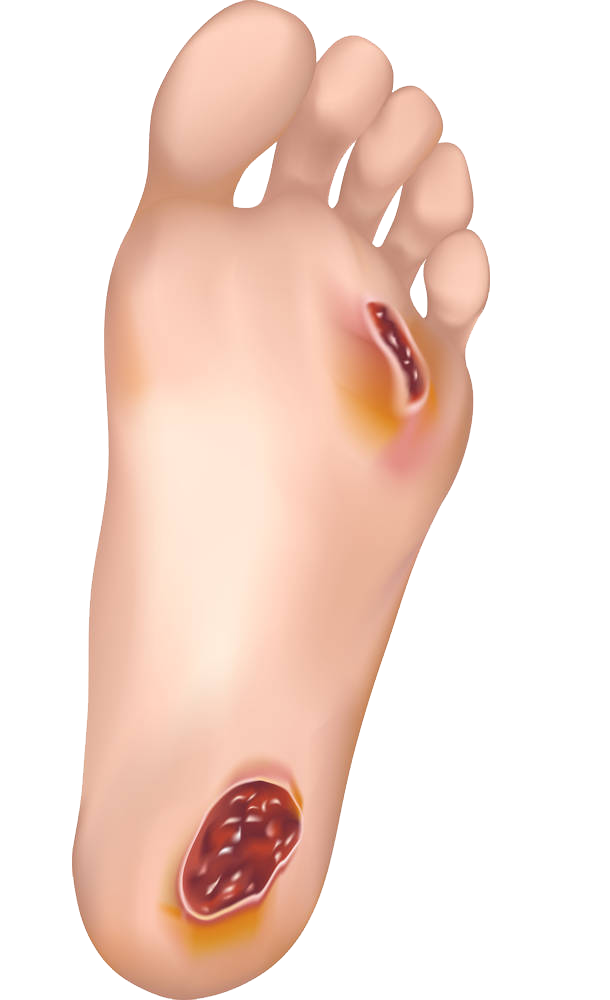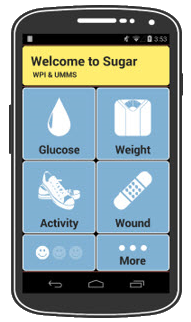The Chronic Wound Problem
For individuals with type 2 diabetes, foot ulcers constitute a significant health issue affecting 5–6 million
individuals in the US]. Foot ulcers are painful, susceptible to infection and very slow to heal. According to
published statistics, diabetes-related wounds are the primary cause of nontraumatic lower limb amputations with
approximately 71 000 such amputations in the US in 2004. Moreover, the cost of treating diabetic foot ulcers is
estimated at $15 000 per year per individual. Overall diabetes healthcare cost was estimated at $245 billion in
2012 and is expected to increase in the coming years.
The SmartWAnDS Project
The project is researching and developing techniques, algorithms and a framework to
automatically detect and analyze a whole range of wounds using a smartphone. The Smartphone Wound Analytics
project grew out of an earlier project
Sugar, a smartphone app to help patients manage their diabetes, which
included a wound analysis module. This project will extend the Sugar Wound analysis module to analyze more wound
types.
Smartphone Wound Assessment Solution
There are several problems with current practices for treating diabetic foot ulcers. First, patients must go to
their wound clinic on a regular basis to have their wounds checked by their clinicians. This need for frequent
clinical evaluation is not only inconvenient and time consuming for patients and clinicians, but also represents
a significant health care cost because patients may require special transportation, e.g., ambulances. Second, a
clinician’s wound assessment process is based on visual examination. He/she describes the wound by its physical
dimensions and the color of its tissues, providing important indications of the wound type and the stage of
healing [6]. Because the visual assessment does not produce objective measurements and quantifiable parameters
of the healing status [7], tracking a wound’s healing process across consecutive visits is a difficult task for
both clinicians and patients.


